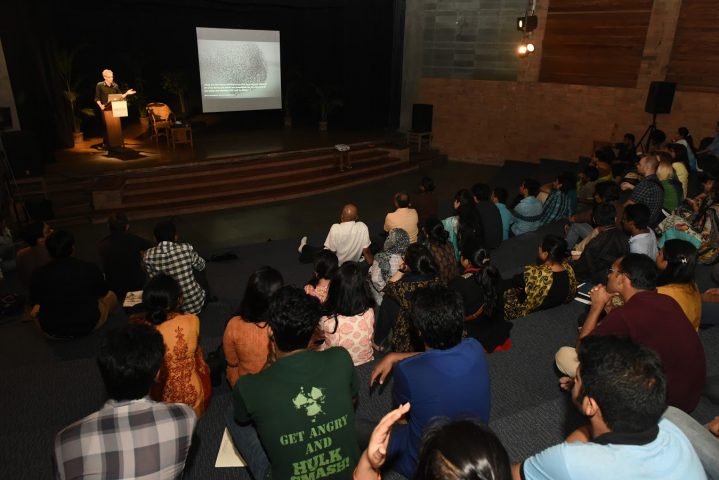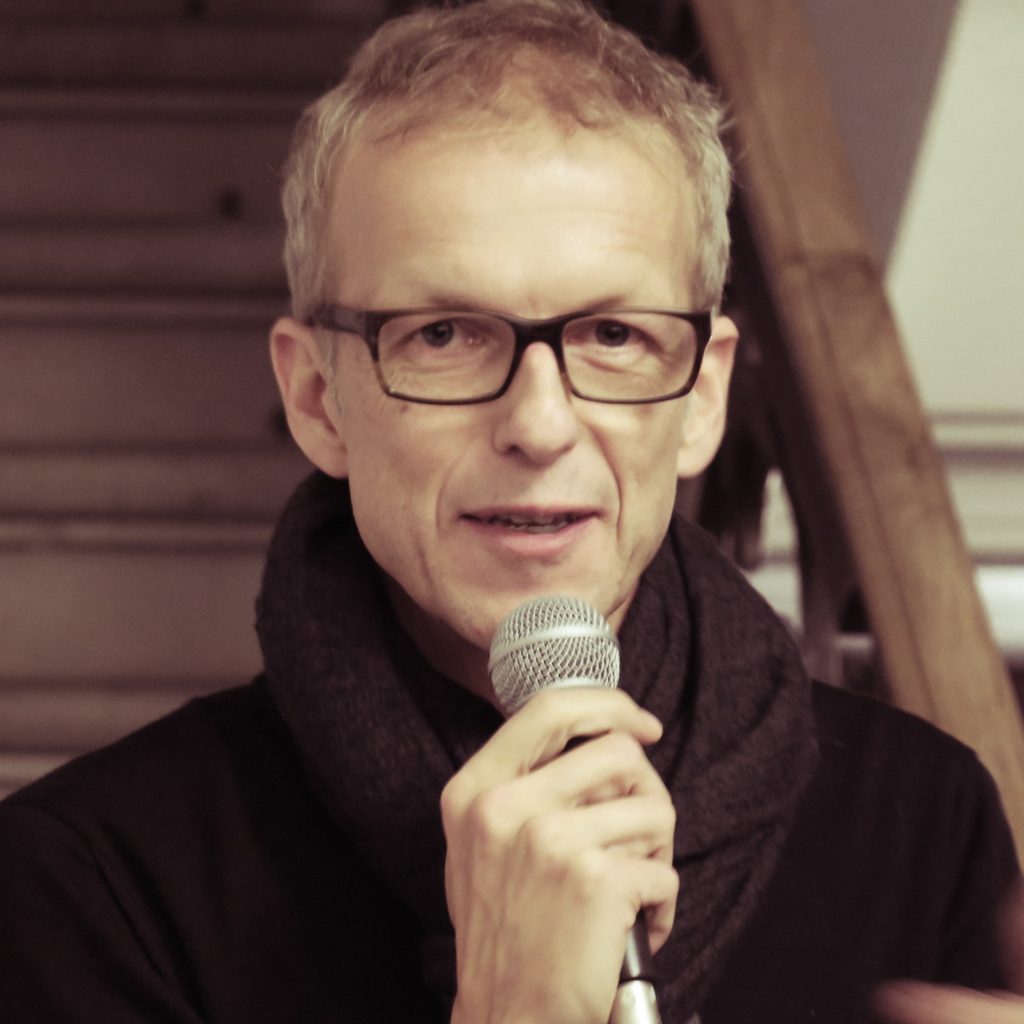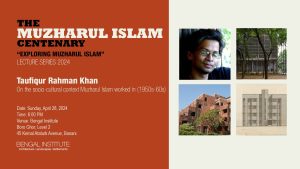
Niklaus Graber: Reflections on Structure
Wed 6 Apr - Wed 6 Apr' 16


Niklaus Graber represented the architectural practice based in Lucerne, Switzerland “Graber und Steiger” run in partnership with Christoph Steiger. He explained their ethos of practice, saying that although their projects have a basis of superior and; to a certain extent; abstract concepts and sketches, they make a point of creating architecture that is widely understandable and which creates a tangible and physical experience. Under the aspect of “Trended structures,” they are searching for practical and academic strategies that can help them to establish powerful architectonical structures which approach the task in a targeted way and encourage an autonomous spatial expression. In an immaterial sense, they see structure as the “inner or- dering” or as the DNA of an architectural complex.
The term “structure” plays a central role in developing their projects. In many design approaches, they therefore investigate the question of which parameters shape the architectural structure and which vectors align them in a recessive or dominant way. How do different aspects such as program, site or material, or “what”, “where” and “how” overlap in an architectural complex? How can they be synthesised in harmony within a design? Which strategies can help us establish structures with character that are also trended towards the environment and content of the task, thereby enhancing the specific expression of the spaces and buildings? To fundamentally investigate these and other questions, they thoroughly study the spatial and architectural potential of the term “structure” using various experimental configurations.
In their architectural research, they try not to regard structure as a purely material phenomenon. Instead they also grasp it as a working hypothesis or an intellectual tool that allows them to describe the mutual relationships within an architectural complex and the relationships between individual elements and the overall whole. They therefore posit the hypothesis that structure can be seen as an “inner order” or as the actual DNA of an architectural design. Looking at the concept of structure in different disciplines such as science and art, they see that structure appears to be a universal principle that is fundamental to their understanding of things.
When designing, in addition to the “what” and “where,” they always pay great attention to the “how” and therefore the construction too. The process of detailing for example is never self- referential. Instead, its tectonics always follow the logic of the architectural and spatial origin of the building. It is their belief that in times where building processes and methods of construction become more and more complicated, the simplicity and implicitness of architecture should be cultivated.
The actual fields of reference that behave dominantly in formulating an architectural structure are mainly the result of the subjective stance of the architect respectively the question of the “who”. The design achieves its unmistakable expression through the subjective weighting and assessment of the task by the author or designer. An architectural task cannot be mastered by merely analysing the location and the programme. Instead, it must develop through interaction with invention, observation and conclusion, whereby the designer in a way plays the role of the director. They also see their work as a critical comment to the environment that we live and work in.
By establishing trended structures, they seek an archaic-timeless architectural expression for designs. Thereby, they wish to step away from an image-oriented approach to architecture in order to make the buildings resistant to aspects of a short-term Zeitgeist or fashionable lifestyle.”
Publication





